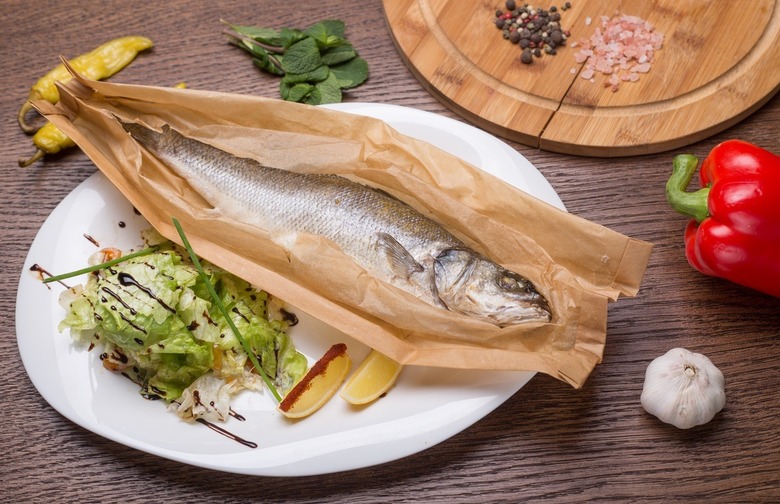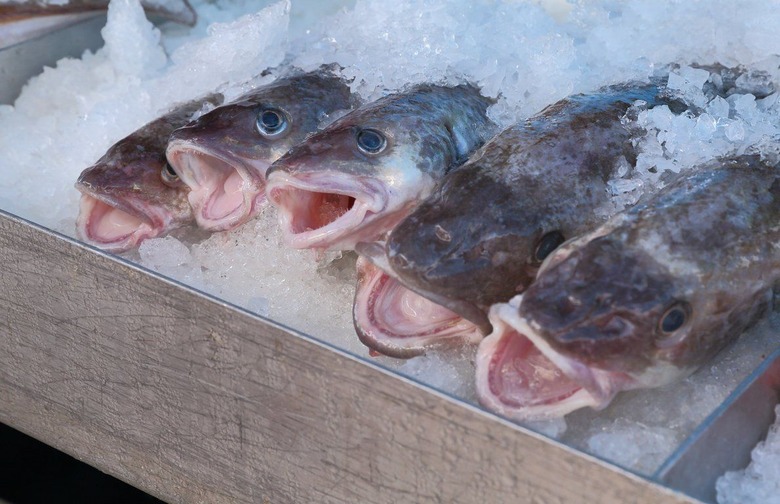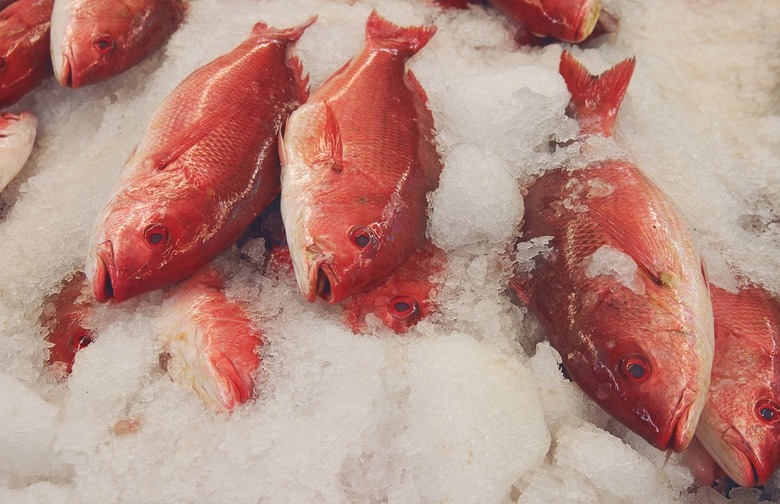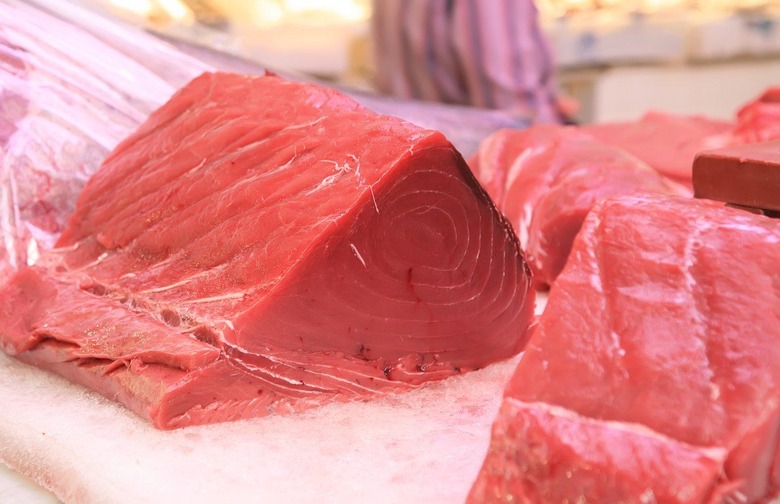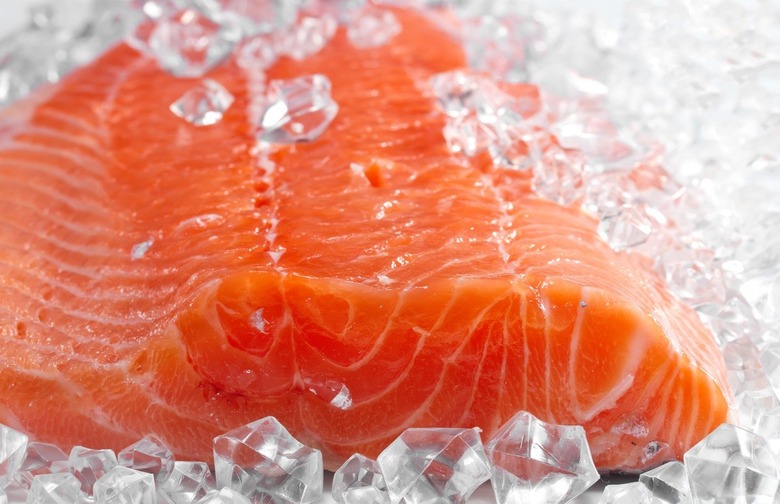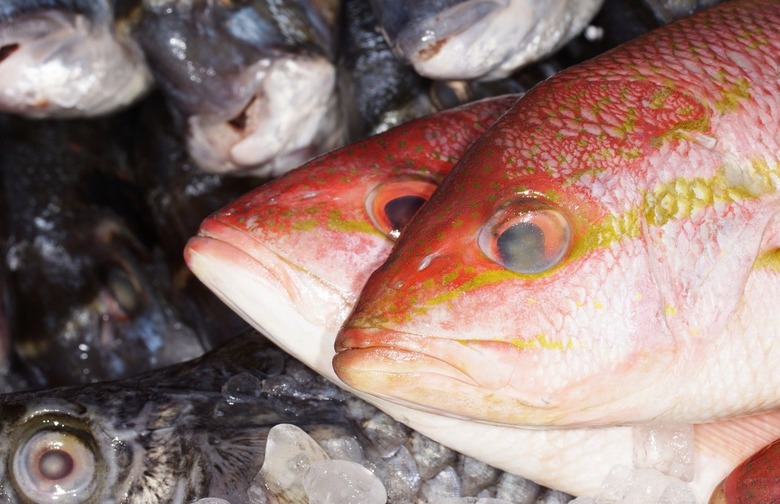Imposter Fish: The 7 Most Often Mislabeled Fish At The Market Slideshow
Chilean sea bass used to be known as Patagonian toothfish; this doesn't constitute mislabeling because the former is now an accepted market name for the fish. However, Chilean sea bass is a prime target for mislabeling because it's expensive, typically retailing for $16–$20 per pound. Oceana's survey found that 42 percent of retailers and 36 percent of restaurants misrepresented the fish, substituting a cheaper related species called Antarctic toothfish. The popularity of Chilean sea bass has effectively led to the decimation of the population, so maybe swapping in the more plentiful Antarctic toothfish isn't such a bad thing after all.
Grouper
Although only 26 percent of grouper sampled were mislabeled, the vast amount of fish sold in its place is concerning. Fresh water perch, Asian "catfish," weakfish, and king mackerel (which is on the FDA watch list as a high-mercury fish) were all sold as grouper.
Pacific Cod
The Oceana study found that a variety of fish were sold as cod, including pangasius (Asian "catfish"), threadfin slickhead, and tilapia. Atlantic cod, which has been grossly overharvested and is on most endangered seafood lists, is also sometimes sold as Pacific cod, a less endangered variety.
Red Snapper
Red Snapper is the most mislabeled fish. The rate of fraud withthis species is so high that whether you order it in a restaurant or buy it at the market, you're almost guaranteed to end up with something else. In Seattle, every red snapper sample collected by Oceana was mislabeled. It's so vulnerable to mislabeling because it's a white-fleshed fish, making it hard to differentiate from other white fish once it's fileted. Common substitutes for it include ocean perch, rockfish, madai, tilapia, and white bass.
White Tuna
"White tuna" is another name for albacore, but it's best of avoid ordering fish of that name from any sushi restaurant, because chances are good that it won't be albacore at all. From 2010 to 2013, Oceana tested more than 100 samples of white tuna and found 84 percent of them to be escolar, also known as snake mackerel. Escolar has been banned in Japan since 1977 because of its potential toxicity. Consumers have reported severe stomach pains and digestion problems after eating it, and in the early 1990s, the FDA even considered banning escolar here, though it is still available.
Wild Salmon
Wild salmon usually commands a higher price than farm-raised salmon, making it an obvious candidate for mislabeling. Although farm-raised salmon is usually a different species than wild salmon, nutritionally they're quite similar. Taste tests even confirm that consumers sometimes prefer the taste of the farmed version. Nonetheless, testing can tell the difference, and of the 82 "wild" salmon samples collected in the Oceana study, 43 percent were mislabeled. (It's important to note that the Oceana study was conducted during a season when wild salmon less than plentiful, so this percentage might be higher than it would ordinarily be.)
Yellowtail
Yellowtail is another sushi staple that is commonly mislabeled. Of the 27 samples collected by Oceana, only three were correctly identified. In this case, though, the deception might not be intentional. The FDA lists eight different varieties whose name includes the word yellowtail — including yellowtail scad, yellowtail horse mackerel, and yellowtail flounder — but the only fish that can be sold as yellowtail with no qualification is Serioli lalandi, also called amberjack. Sushi restaurants probably mislabel the fish due to cultural differences and mistranslation.
